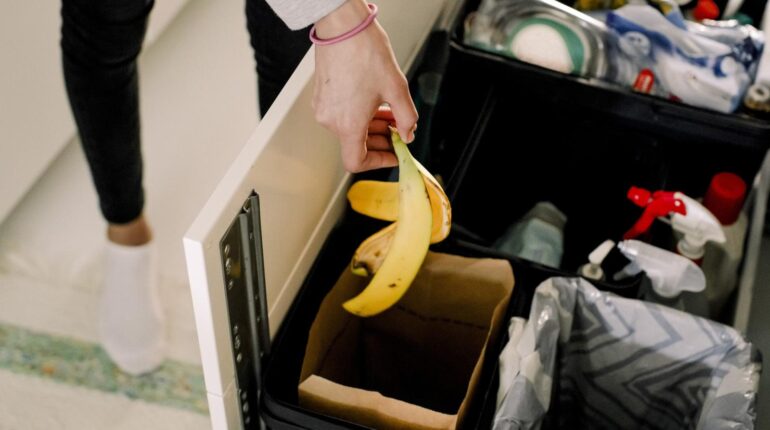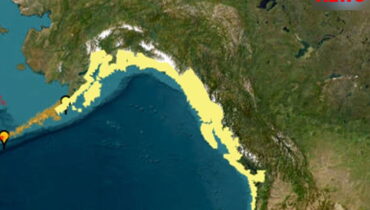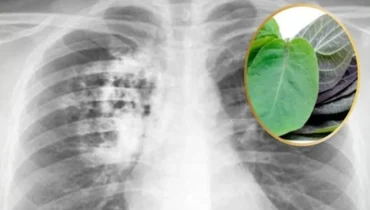📌 This Simple Trash Can Placement Trick Eliminates Fruit Flies (Most People Get It Wrong)

Posted 25 July 2025 by: Admin
Image d’illustration © TopTenPlay EN
Strategic Placement: Why Location Matters For Fruit Fly Prevention
While most homeowners focus on cleaning their trash cans to combat fruit flies, few realize that where you place your garbage bin could be the difference between a pest-free kitchen and a full-scale infestation. The strategic positioning of your household waste container serves as the first line of defense against these persistent invaders.
The science behind effective placement centers on one critical factor: heat reduction. Direct sunlight transforms your trash can into a miniature greenhouse, accelerating the decomposition process that fruit flies find irresistible. When organic waste reaches elevated temperatures, bacterial growth intensifies dramatically, creating the fermenting odors that act as a dinner invitation for these microscopic pests.
Relocating your trash can to a cooler, shaded area immediately slows this decay process. « The cooler location gives you more time before the organic material becomes appealing to fruit flies, » experts note. Pull-out cabinet designs offer an ideal solution, naturally shielding waste containers from solar exposure while maintaining convenient access for daily use.
This seemingly simple adjustment addresses the root cause rather than the symptoms. By controlling the environment around your waste disposal system, you’re manipulating the very conditions that transform ordinary food scraps into fruit fly breeding grounds. The strategic approach recognizes that prevention through intelligent placement proves far more effective than reactive measures after an infestation has already established itself in your home.
Image d’illustration © TopTenPlay EN
The Airflow Solution: Using Ventilation As A Natural Deterrent
Beyond controlling temperature through strategic placement, manipulating air circulation creates an equally powerful weapon against fruit fly invasions. This approach exploits a fundamental weakness in these pests’ biology: their remarkably fragile flight capabilities when confronted with even moderate air currents.
The scientific reality reveals just how vulnerable these insects are to airflow disruption. Weighing less than 1 milligram each, fruit flies possess virtually no ability to navigate against moving air. Their lightweight bodies become helpless against forces that humans barely notice, transforming gentle breezes into impenetrable barriers for these microscopic invaders.
Positioning a simple box fan near your trash can creates an effective exclusion zone. The continuous air movement prevents fruit flies from achieving the precise landing approach they require to deposit eggs on decomposing organic matter. Even low-speed fan settings prove sufficient to disrupt their flight patterns completely, forcing them to seek easier targets elsewhere in your home.
Air conditioning vents offer a particularly elegant solution, delivering dual benefits through their strategic positioning. The cool air flowing from these systems not only creates the movement barrier that confuses fruit flies but simultaneously reduces the ambient temperature around your waste container. This combination approach addresses both the physical navigation challenges these pests face and the environmental conditions that make garbage attractive to them in the first place.
The airflow strategy transforms ordinary household ventilation into an active defense system, creating invisible barriers that complement temperature control measures.
Image d’illustration © TopTenPlay EN
The Science Behind Temperature Control And Odor Reduction
While airflow creates physical barriers, the deeper battleground against fruit flies lies in understanding the biochemical processes that draw them to your waste container. These microscopic invaders possess an extraordinary ability to detect the specific fermenting organic compounds that signal prime breeding opportunities, making temperature control a critical component of any comprehensive prevention strategy.
The attraction mechanism operates through remarkably sensitive chemical receptors that can identify decomposing fruits, vegetables, and organic matter from considerable distances. Fruit flies specifically target the aromatic compounds released during fermentation processes, particularly those found in rotting fruit peels, vegetable scraps, and sugary substances that accumulate in household garbage.
Temperature acts as the primary accelerant in this destructive cycle. Warmer conditions dramatically increase bacterial growth rates, transforming innocent food scraps into powerful fruit fly magnets within hours rather than days. Every degree of additional heat compounds the problem exponentially, creating a feedback loop where rising temperatures produce stronger odors that attract more pests.
Solar screens emerge as an unexpected ally in this temperature battle, capable of reducing indoor heat by 10 to 15 degrees compared to direct sunlight exposure. This seemingly modest temperature reduction creates substantial delays in decomposition processes, effectively extending the window between waste disposal and peak odor development.
The strategic cooling approach buys precious time for proper outdoor disposal while simultaneously reducing the intensity of attractive scents that transform ordinary household waste into fruit fly breeding grounds.
Image d’illustration © TopTenPlay EN
Beyond Prevention: Managing Existing Infestations
While strategic cooling and optimal placement provide powerful prevention mechanisms, these environmental modifications cannot eliminate fruit flies that have already established breeding colonies within your home. Once these microscopic invaders have gained a foothold, prevention alone becomes insufficient, requiring immediate intervention strategies that combine active elimination with enhanced protective measures.
The harsh reality confronting homeowners with existing infestations demands recognizing that relocating trash containers to cooler, shaded areas serves as a preventative measure rather than a curative solution. When fruit flies have already colonized your kitchen environment, the priority shifts to trapping existing populations while simultaneously creating barriers against future invasions.
Immediate outdoor disposal of contaminated waste containers becomes the first line of defense, ideally executed with careful containment to trap as many insects as possible before relocation. This tactical approach allows outdoor dispersal to naturally reduce indoor populations while removing the primary breeding source.
For temporary odor neutralization during active infestations, sprinkling one to two cups of baking soda directly into waste containers provides chemical intervention that disrupts the attractive scent signatures drawing additional fruit flies to the area.
The most sophisticated approach involves strategic food waste management through freezing techniques. Placing fruit scraps, vegetable peels, and organic matter in plastic bags before refrigeration dramatically reduces odor emissions while slowing bacterial growth processes. This method effectively transforms potential breeding materials into inert waste that poses minimal attraction risk during the critical period required for complete pest elimination.



















